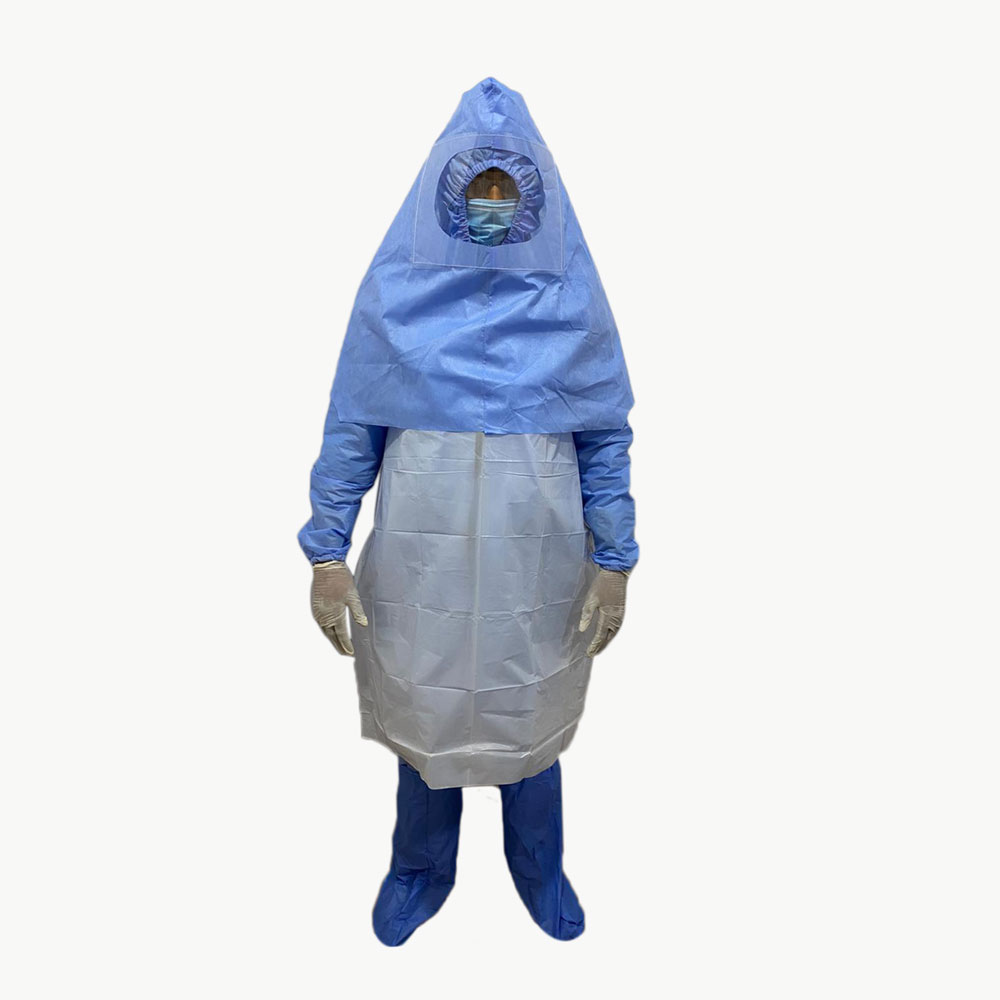Protective Gear For Dentists During COVID-19

This article is in continuation with our previous article on guiding the change in approach to dentistry in India, due to the impact of the COVID-19 crisis. If you haven’t had a chance to read the introductory article, please click here, to understand the synopsis of 3 step guide.
As discussed earlier, the preliminary step in the prevention of risk of transmission is risk assessment. Risk assessment allows the dentist to gauge the patient’s condition and chart out a better treatment plan while choosing the level of personal protective equipment (PPE) that is to be used in order to carry out the said treatment. Standard protection gear used in the conventional dental practice might not be adequate in containing infection during a pandemic.
This brings up an important question.
What comprises PPE for COVID-19 & what are the main elements to be used in different scenarios?
This article will throw light on this question and aim to provide a better understanding of the usage of protective gear in a dental setting.
Personal Protective Equipment (PPE):

PPE is protective clothing, helmets, goggles, or other garments or equipment designed to protect the wearer’s body from injury or infection. The hazards addressed by protective equipment include physical, electrical, heat, chemicals, biohazards, and airborne particulate matter. In the case of COVID-19, airborne particulate matter – respiratory droplets (>5-10 μm) & droplet nuclei (<5μm ) – are the primary route of transmission.
Components of PPE:
Components of PPE include goggles, face-shield, mask, gloves, coverall/gowns (with or without aprons), headcover, and shoe cover. The following information comprises of guidelines from the Ministry of Health and Family Welfare (MoHFW) on the rational usage of PPE along with a few recommendations based on experts. Read on to understand the rationale behind usage of each component of PPE.
Face Shields and Goggles
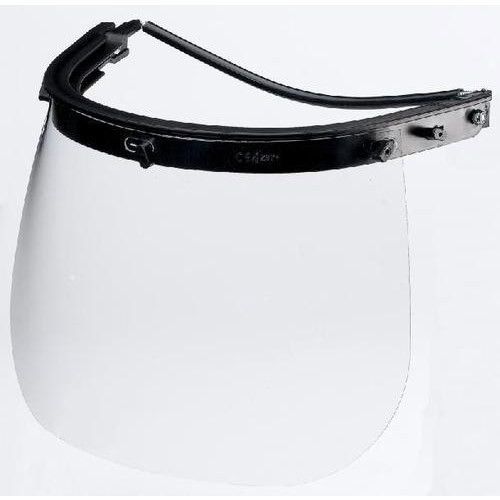
Contamination of mucous membranes of the eyes, nose, and mouth is likely in a scenario of droplets generated by cough, sneeze of an infected person, or during aerosol-generating procedures carried out in a clinical setting. Inadvertently touching the eyes/nose/mouth with a contaminated hand is another likely scenario. Hence protection of the mucous membranes of the eyes/nose/mouth by using face shields/ goggles is an integral part of standard and contact precautions.
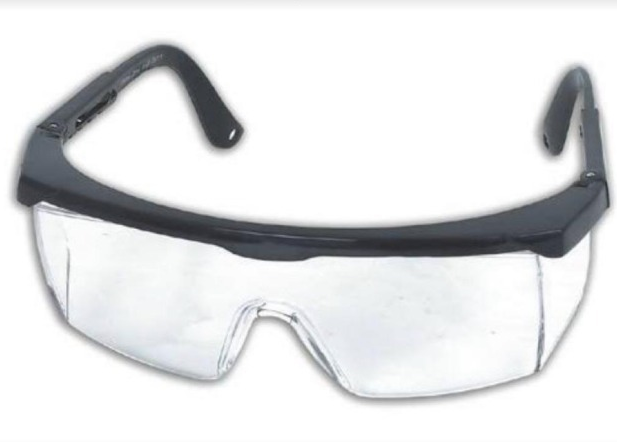
The flexible frame of goggles should provide a good seal with the skin of the face, covering the eyes and the surrounding areas and even accommodating for prescription glasses.
Masks
Respiratory viruses that include Coronaviruses target mainly the upper and lower respiratory tracts.Hence protecting the airway from the particulate matter generated by droplets/aerosols prevents human infection. Contamination of mucous membranes of the mouth and nose by infective droplets or through a contaminated hand also allows the virus to enter the host. Hence the droplet precautions/airborne precautions using masks are crucial while dealing with a suspect or confirmed case of COVID-19/performing aerosol-generating procedures.
Masks are of different types. The type of mask to be used is related to particular risk profile of the category of personnel and his/her work. There are two types of masks which are recommended depending upon the work environment:
- Triple-layer (3 ply) Medical Masks
- N-95 Respirator Masks
Triple-layer (3 ply) Medical Masks

A triple layer medical mask is a disposable mask, fluid-resistant, provide protection to the wearer from droplets of infectious material emitted during coughing/sneezing/talking. These are the standard 3 ply masks that have been in use in dentistry
N-95 Respirator Masks
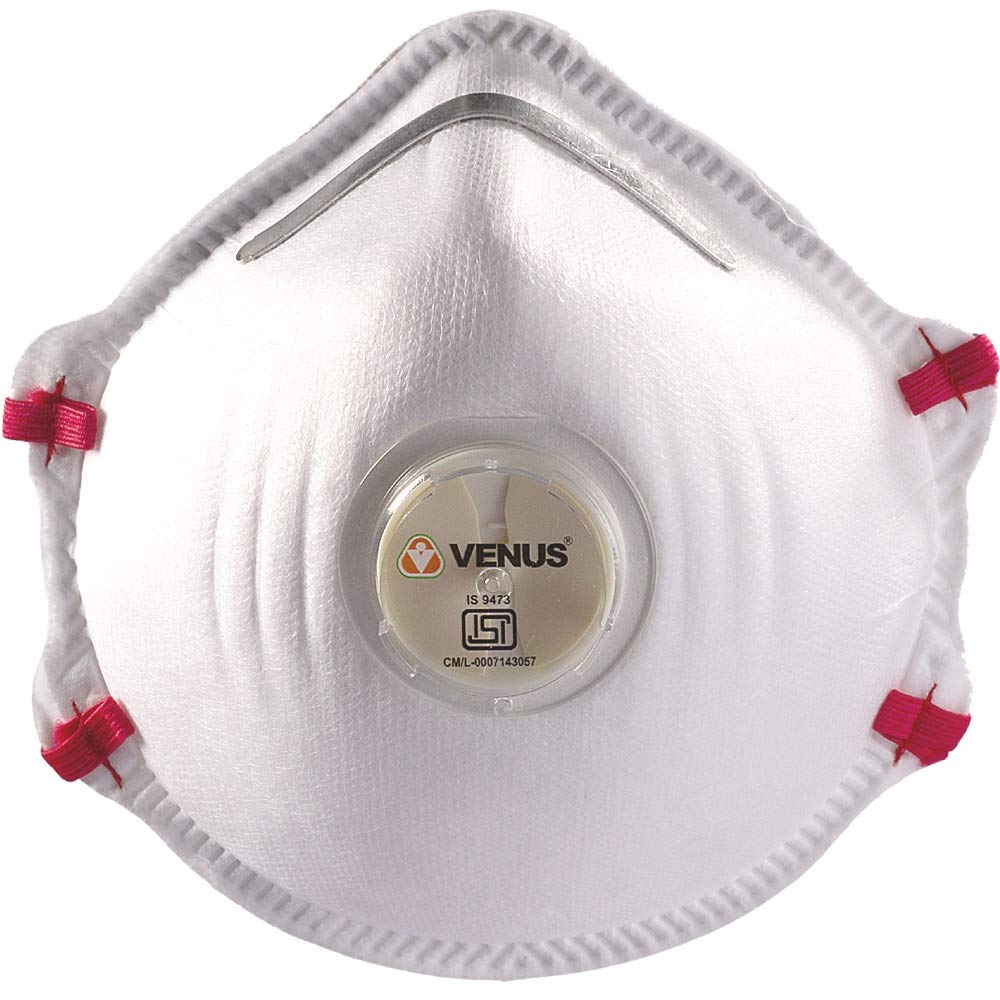
An N-95 respirator mask is a respiratory protective device with high filtration efficiency to airborne particles. To provide the requisite air seal to the wearer, such masks are designed to achieve a very close facial fit.
Such a mask should have high fluid resistance, good breathability (preferably with an expiratory valve), clearly identifiable internal and external faces, duckbill/cup-shaped structured design that does not collapse against the mouth. If correctly worn, the filtration capacity of these masks exceeds those of triple-layer medical masks.
Since these provide a much tighter air seal than triple-layer medical masks, they are designed to protect the wearer from inhaling airborne particles.
Gloves
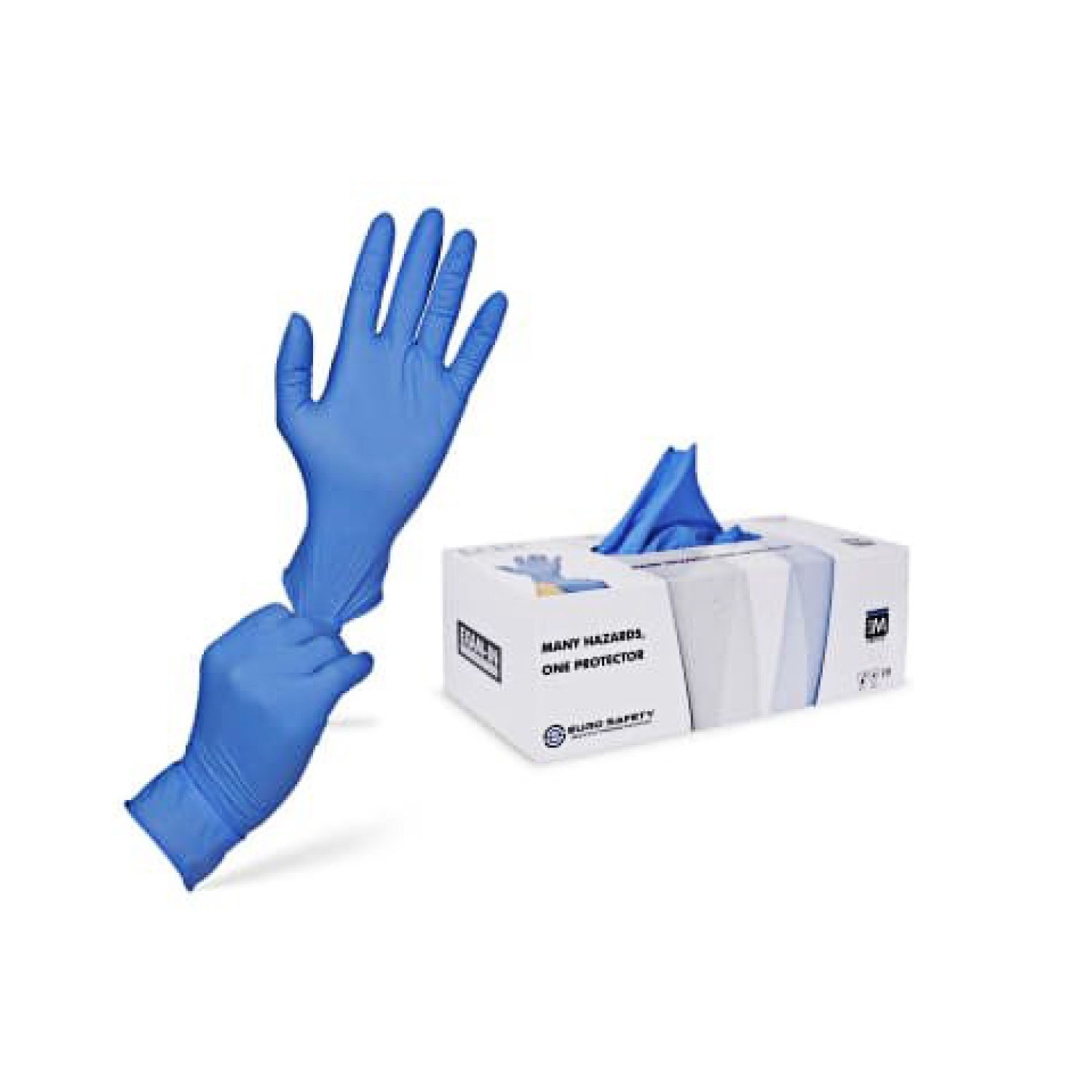
When a person touches an object/surface contaminated by COVID-19 infected person and then touches his own eyes, nose, or mouth, he may get exposed to the virus. Although this is not thought to be a predominant mode of transmission, care should be exercised while handling objects/surface potentially contaminated by suspect/confirmed cases of COVID-19.
Nitrile gloves are preferred over latex gloves because they resist chemicals, including certain disinfectants such as chlorine. There is a high rate of allergies to latex and contact allergic dermatitis among health workers. However, if nitrile gloves are not available, latex gloves can be used. Nonpowdered gloves are preferred to powdered gloves.
Coverall/Gowns
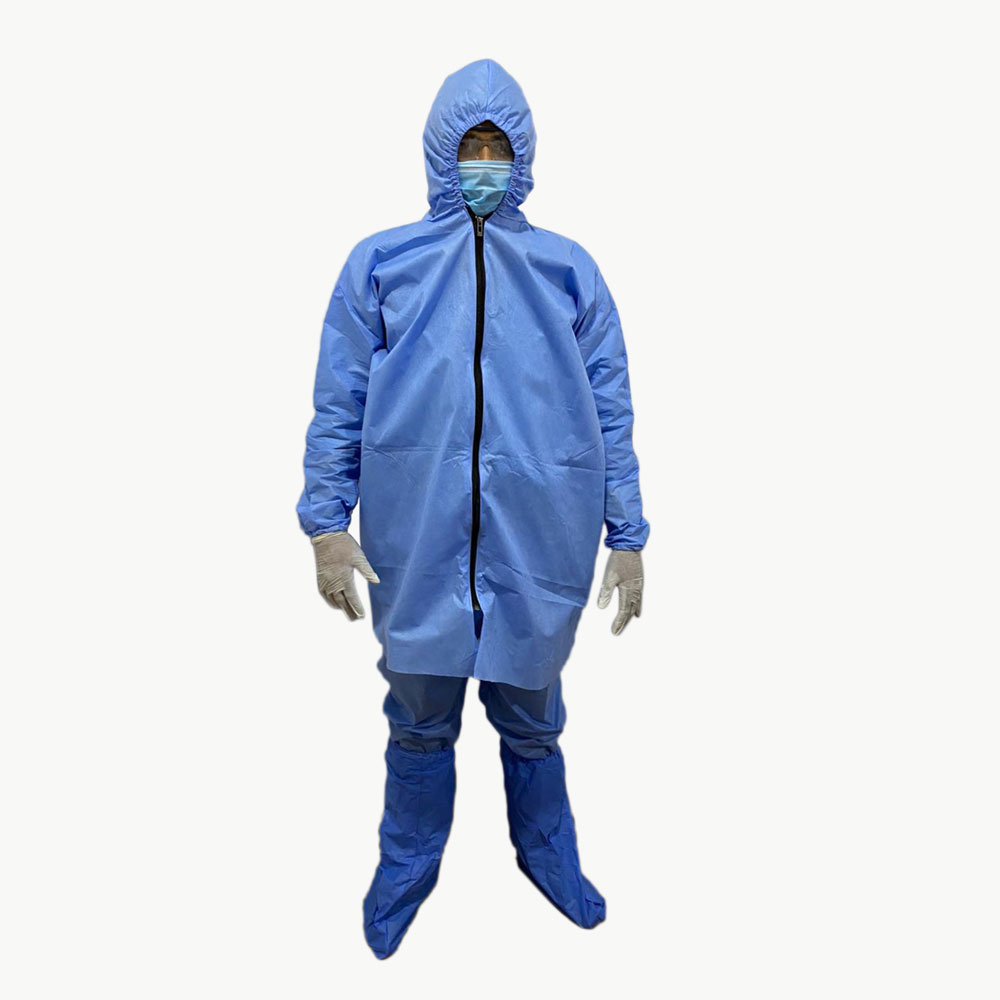
Coverall/gowns are designed to protect torso of healthcare providers from exposure to virus. Although coveralls typically provide 360-degree protection because they are designed to cover the whole body, including back and lower legs and sometimes head and feet as well, the design of medical/isolation gowns do not provide continuous whole-body protection (e.g., possible openings in the back, coverage to the mid-calf only).
By using appropriate protective clothing, it is possible to create a barrier to eliminate or reduce contact and droplet exposure, both known to transmit COVID-19, thus protecting healthcare workers working in close proximity (within 1 meter) of suspect/confirmed COVID-19 cases or their secretions.
Coveralls and gowns are deemed equally acceptable as there is a lack of comparative evidence to show whether one is more effective than the other in reducing transmission to health workers.
Gowns are considerably easier to put on and for removal. An apron can also be worn over the gown for the entire time the health worker is in the treatment area. Coveralls/gowns have stringent standards such as SITRA that extend from preventing exposure to biologically contaminated solid particles to protecting from chemical hazards.
Shoe Covers
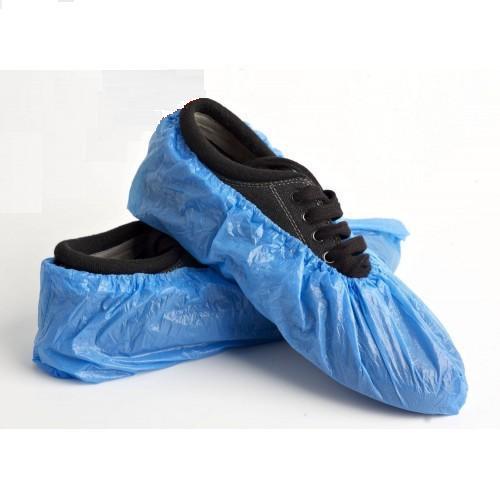
Shoe covers should be made up of impermeable fabric to be used over footwear to facilitate personal protection and decontamination.
Head Covers
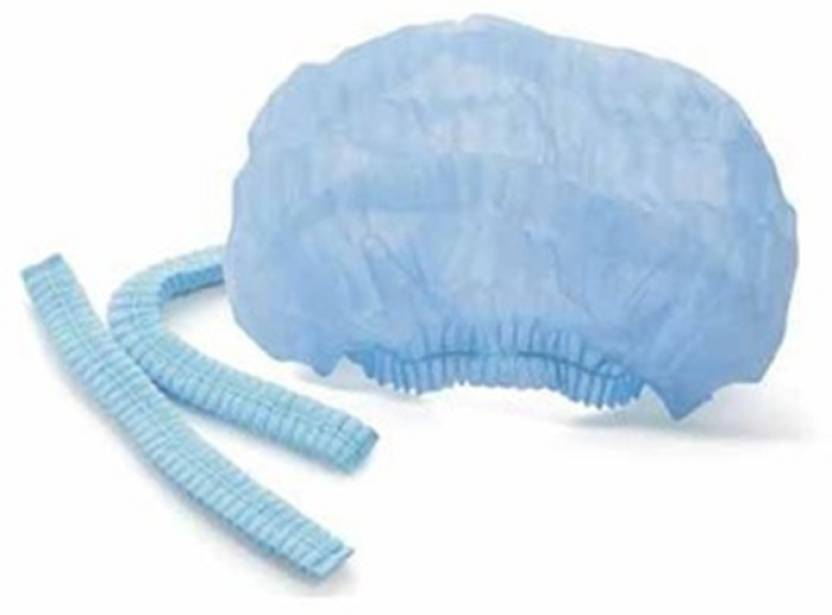
Coveralls usually cover the head. Those using gowns should use a headcover that covers the head and neck while providing clinical care for patients. Hair and hair extensions should fit inside the headcover.
Based on our comprehension of the dental healthcare industry in India, it might be important to consider two types of PPE. Everyday PPE & Custom PPE. Let’s discuss these in detail.
EVERYDAY PPE:
Operating a dental clinic with completely disposable whole PPE Kits on a daily basis may not be financially viable for most establishments. In addition, not all patients present the same risk of transmission. These two factors lead to the requirement of a basket of protective products that can help the dentist & the assistants protect themselves for a longer period of time.
We recommend you make your purchase of protective gear based on the following factors:
- Patient Flow/Day
- Number dentists & assistants in the operatory
- Clinic management budget
There are four baskets that PinkBlue has put together which should tentatively last 50 procedures. The baskets offer both autoclavable & disposable options of gowns, based on the clinicians’ preference. The following are the packages recommended for dentists for everyday use:
| Basket | Package Contents |
| Premium Personal Protection Basket – Autoclavabale Coveralls
|
5 – Venus V4400 N95 Masks 1 – Premium Melt-blown Face Mask (100 Pack) 2 – Premium Autoclavable Coverall 2 – Goggles 8 – Face Shields 1 – Bouffant Caps (100 Pack) 1 – Shoecover – 100 Pack |
| Standard Personal Protection Basket – Autoclavable Coveralls | 1 – Standard Face Mask (100 Pack) 2 – Premium Autoclavable Coverall 2 – Goggles 4 – Face Shields 1 – Bouffant Caps (100 Pack) 1 – Shoecover (100 Pack) |
| Premium Personal Protection Basket – Disposable Coveralls | 5 – Venus V4400 N95 Masks 1 – Premium Melt-blown Face Mask (100 Pack) 10 – Premium Disposable Full Body Gowns 2 – Goggles – 2 8 – Face Shield 1 – Bouffant Caps (100 Pack) 1 – Shoecover (100 Pack) |
| Standard Personal Protection Basket – Disposable Coveralls | 1 – Standard 3 Ply Face Mask (100 Pack) 10 – Premium Disposable Full Body Gowns 2 – Goggles 4 – Face Shields 1 – Bouffant Caps (100 Pack) 1 – Shoecover (100 Pack) |
The kits listed above start at a nominal cost of ₹3570/- Please use the above examples to come up with personalized kits for yourself if you are looking for customized options based on your clinic requirements.
CUSTOM PPE:
It is our assumption that the everyday PPE discussed above would suit the requirements for most clinical scenarios, without pushing the overhead costs of maintaining a dental practice. However, certain cases would require custom PPE that has to be disposed of right after treatment, considering their higher risk fo transmission. While treating COVID-19 positive patients in procedures that are longer and cause heightened aerosol contamination/bleeding, it is imperative that dentists stick to a disposable PPE Kit.
SITRA Certified PPE Kits are recommended by experts to ensure standard protection against pathogens. These certified kits go through a series of tests to assess synthetic blood penetration, moisture vapor transmission, seams & fabric strength. The below image is an example of a disposable PPE Kit that can be used in high-risk environments.
Click here to look at SITRA certified PPE Kits.
Hope this article had cleared a few of your doubts regarding the use of protective gear in dentistry amidst the COVID-19 crisis. Please reach out to us at mktg@pinkblue.in if you have any specific doubts, and we will try addressing them in the upcoming blog posts.

